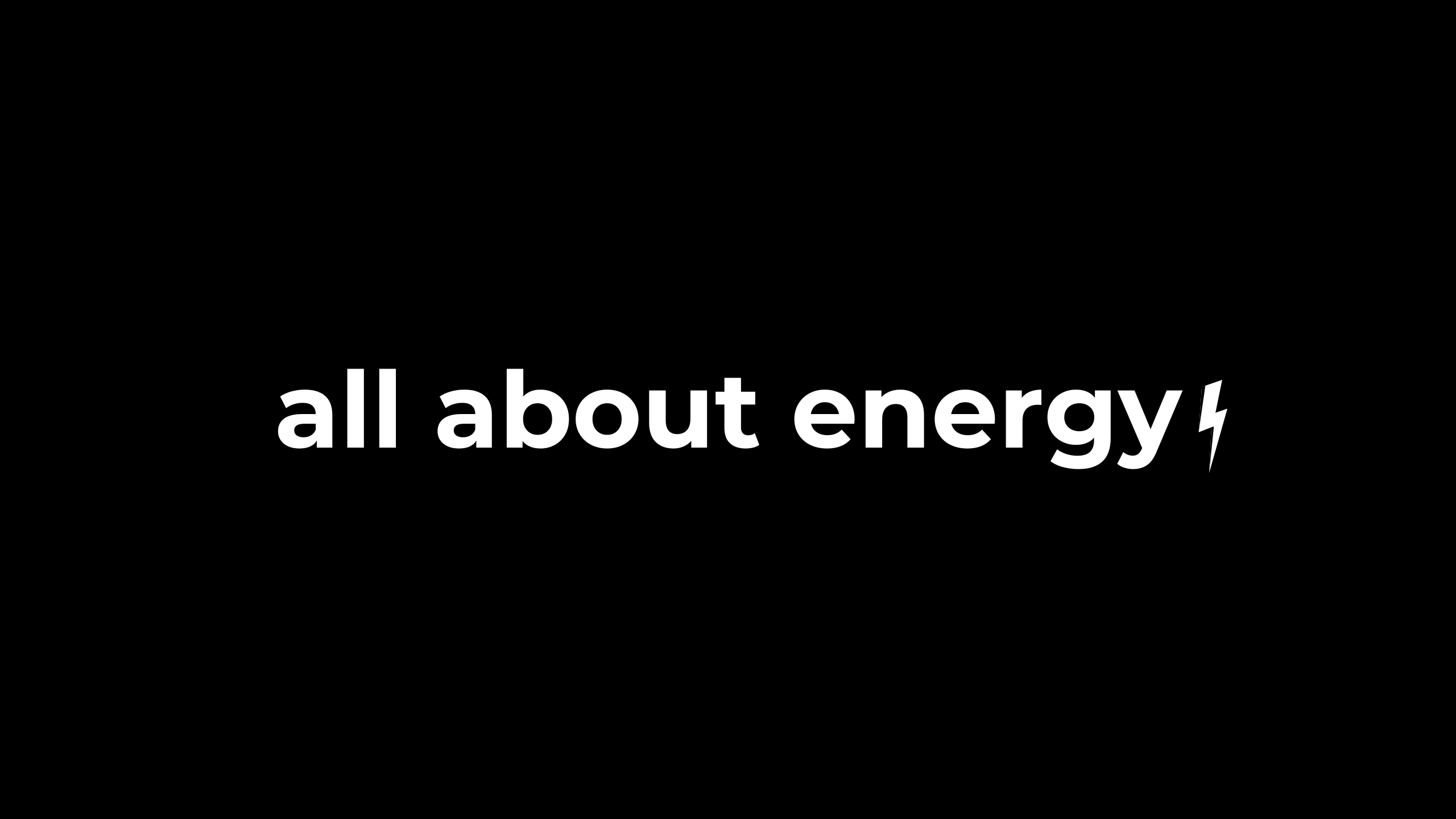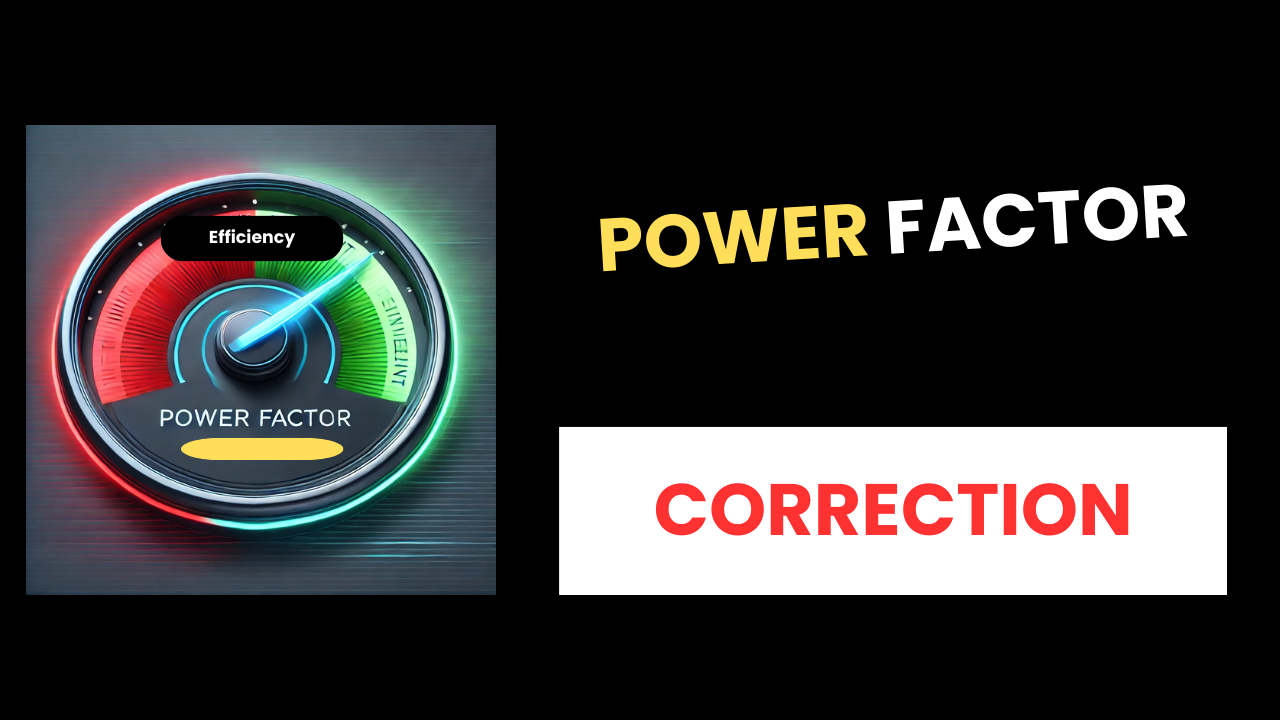Power Factor Correction: Does It Really Work?
Written by Joe Wright
When it comes to energy efficiency, the focus is often on reducing kilowatt-hours (kWh) or adopting greener technologies. But there’s a less obvious yet equally critical element that could transform your energy performance, cut costs, and help you hit compliance and net-zero targets: power factor.
You may have heard the term before, but do you know what it really means for your operations? More importantly, do you understand how improving it can deliver substantial savings and sustainability benefits? Let’s break it down, step by step.
What Is Power Factor?
In simple terms, power factor measures how effectively your business uses electricity. A power factor of 1 means all the power you’re pulling from the grid is being used productively to perform work, like running machinery or powering HVAC systems.
However: most organizations don’t operate at a perfect power factor. In fact, if your power factor is, say, 0.7 or 0.8, a chunk of the electricity you’re paying for is effectively wasted. This wasted energy is called Reactive Power—it doesn’t perform useful work but is necessary to maintain magnetic fields in inductive equipment like motors and transformers.
The result? You’re drawing more power than you need—called Apparent Power—leading to higher energy bills and potential penalties from your electricity supplier.
To summarise the types of power they are:
- True Power (measured in kW): The power that does real work, such as running motors or lighting.
- Reactive Power (measured in kVAR): The power needed to sustain magnetic fields in inductive loads like transformers and motors. This doesn’t do productive work but is essential for these devices to operate.
- Apparent Power (measured in kVA): The combination of True Power and Reactive Power, representing the total power your system draws from the grid.
Why Does Power Factor Matter to Your Business?
A poor power factor impacts your operations in several key ways:
- Higher Energy Costs: Suppliers often charge penalties for low power factor. If your facility consistently draws excess Apparent Power, you’re paying for electricity that doesn’t add value to your business. A low power factor means you’re paying for wasted Reactive Power.
- Reactive Power Penalties: Many energy suppliers impose additional charges for Reactive Power. These fees, often hidden in the fine print of your energy bill, can add up to tens of thousands of pounds annually for industrial sites.
- Reduced Equipment Lifespan: Low power factor increases current flow through your electrical infrastructure, which leads to heat buildup, wear, and more frequent maintenance needs for cables, transformers, and other components.
- Higher Losses and Maintenance Costs: Increased current flow generates heat, accelerating wear and tear on your equipment and driving up maintenance expenses.
- Compliance and Sustainability Goals: A low power factor increases your overall energy draw, which makes it harder to align with carbon reduction and net-zero strategies. It’s also a red flag when demonstrating compliance with energy efficiency regulations like ESOS or SECR.
The Solution: Power Factor Correction
The good is you can improve your power factor—and the process is simpler than you might think. Power Factor Correction (PFC) involves reducing Reactive Power demand, usually by adding specialized equipment like capacitors to your system.
How it works:
- Capacitors supply the Reactive Power your equipment needs, so your electricity provider doesn’t have to.
- This reduces the Apparent Power drawn from the grid, which lowers your energy bills and eliminates reactive power charges.
For example, if your site operates with a power factor of 0.75, correcting it to 0.95 could cut your Apparent Power demand by up to 20%. That can be significant in terms of financial savings.
Barriers to Addressing Power Factor—And How to Overcome Them
Despite its clear benefits, Power Factor Correction is often overlooked. Why?
- Lack of Awareness: Many organizations don’t fully understand their energy bills or the hidden costs of Reactive Power.
- Perceived Complexity: Power Factor Correction involves technical equipment and calculations, which can be daunting for non-specialists.
- Upfront Costs: While capacitor banks or synchronous condensers require an initial investment, the payback period is often less than two years, with long-term savings far outweighing the cost.
The solution? Partnering with an expert in energy management who can conduct a detailed analysis of your power usage, identify inefficiencies, and design a tailored Power Factor Correction strategy.
Take the First Step Toward Smarter Energy Management
Power Factor Correction isn’t just a technical fix; it’s a strategic advantage. By improving your power factor, your organization can:
- Unlock substantial cost savings.
- Strengthen compliance with energy efficiency regulations.
- Reduce your carbon footprint and contribute to a sustainable future.
If your business is ready to take control of energy waste, optimize operations, and achieve net-zero targets, now is the time to act. The potential savings—and the long-term benefits—are too significant to ignore.
Reach out today for a tailored assessment of your power factor and start turning hidden inefficiencies into measurable gains.
Watch the video for a quick overview of this topic:
You May Also Like…
Compliance Simplified
If you’re part of any of the mandatory compliance scheme like SECR, ESOS, or the many others out there, then you...
Why maintenance matters for energy management
When you think about improving your energy management, where does your mind go first? Upgrades? New systems? Cutting...
Creating A Culture Of Energy Efficiency
If your business is subject to compliance schemes like ESOS or SECR, you’re not alone. A lot of the companies I work...




